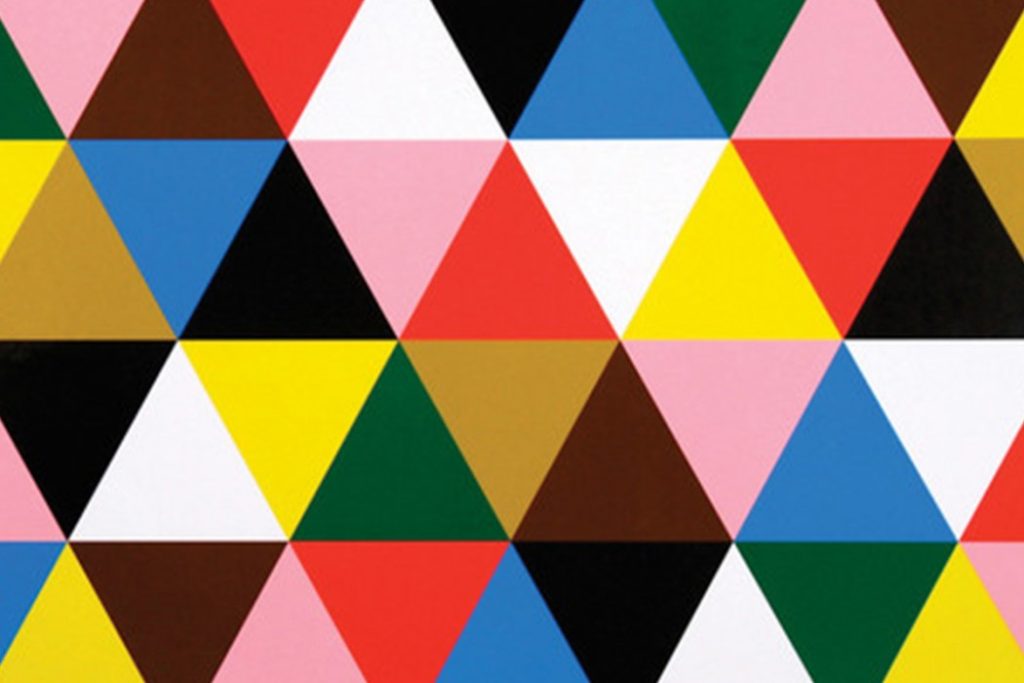Years ago I started a quest. As a young designer and art director, I wanted to learn and know as much as I could about my profession.
What really captivated me was learning about how well-known designers and other creative types worked. What were the things they did every day. Where did they work? What did all this looks like?
This was in the mid- to late-90s and this sort of information was quite esoteric at the time. Today, you can find interviews and articles galore online, but back then you had to roll up your sleeves and hunt for the good stuff.
More than anything, I wanted to know what these folks thought about. And HOW they thought about things. I became obsessed with thinking about thinking.

I wanted to know this because I thought if I could emulate my heroes, copy the masters, then I could be like them.
After years of reading, researching, writing, and thinking, the funny thing is that their stories are almost all the same. In a single sentence, I can tell you everything you need to know:
To be a successful, world-changing creative, put in the time and do the work.
It is that plain and that simple.
Designers back in the day – say the late 1940s to the 1970s – did not have the resources we have today. We can endlessly sit and navel-gaze at the web, drowning in information overload, going down rabbit holes only to pop our heads out years later, having become savants of all the history and theory. But without putting in the time and doing the work, no matter how much of an intellectual you’ve become you will never make a dent in the world.
I do not believe that the greats, like George Nelson, the Eames, Paul Rand or Alvin Lustig, thought about this deeply. I’m not saying they were not intellectual in their pursuits, but I do not think they thought about thinking. Rather, they designed and their philosophy poured out of them. Their actions became their words. Their work, no matter the form it took, expressed their thoughts and values.
Understand their work and you understand them.
Design is not about words or ideas. Words and ideas certainly fuel it, but design is about making physical things. Changing reality. When you make something and it has an impact on other people, hopefully their condition will be altered for the better. That’s the definition for a successful design.
And that is the great thing about design. It is an outward expression. Although it can be, design is not an inward reflection. Other people get to experience it. Share it. Feel it.
Steve Jobs understood this concept in spades. And rather than just thinking about it, even though he did not have the skills or knew how to do things, he still forged on. Put in the time and did the work.
Now, quit reading this. Pick up a pencil, a pen, a lump of clay, your tablet, a keyboard, a guitar, a spatula or whatever you need have on hand, and go change someone’s reality.
